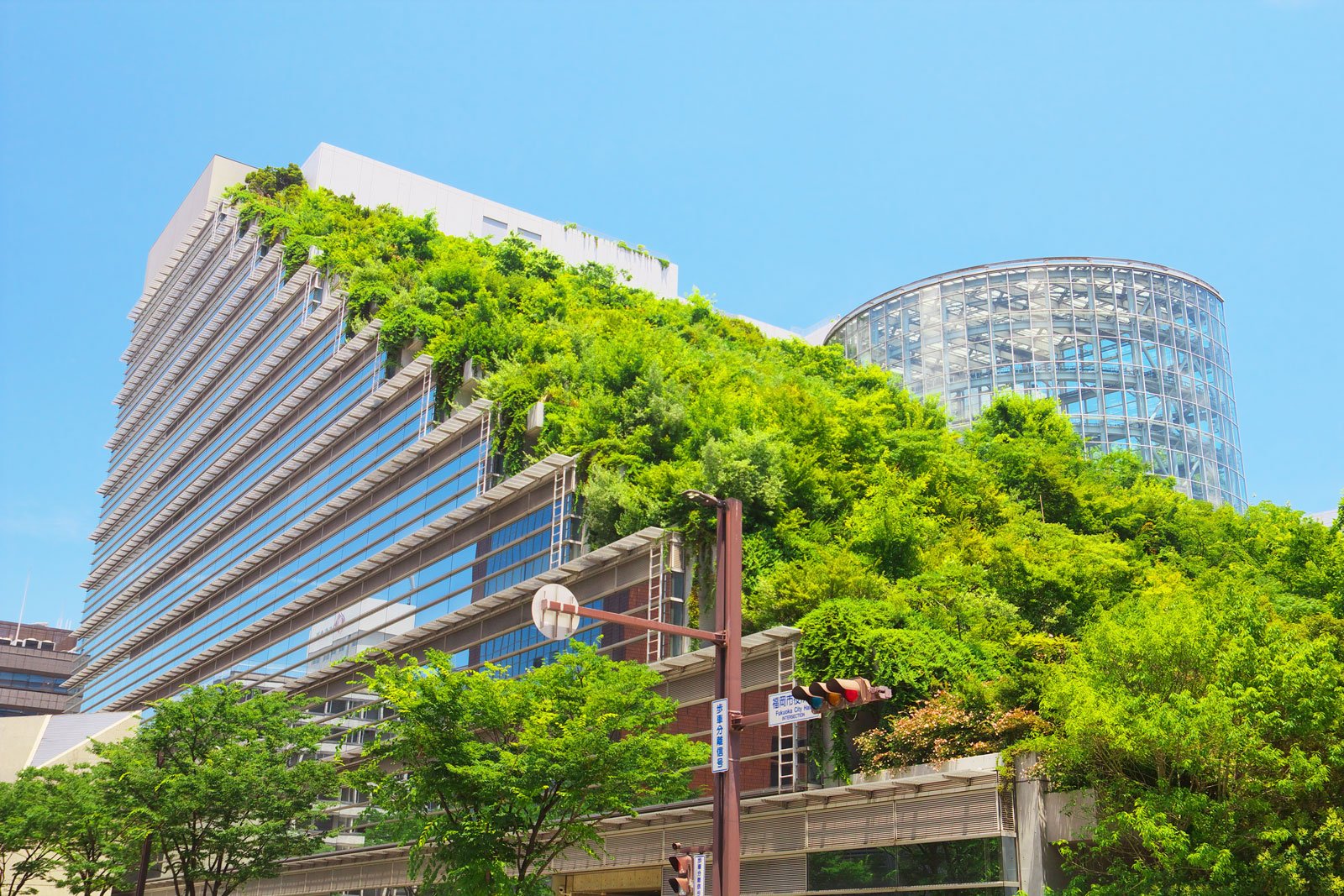Every year, we are facing severe climate change impacts. Floods, heatwaves, a shift in the weather conditions and temperatures. Climate change is a serious challenge for the entire planet. Particularly, developing countries where urbanization is happening rapidly.
 Not only, it threatens the economic and social development of the countries, but it increases vulnerabilities. These changes have a severe impact on the poor, living in vulnerable conditions of improper shelter and sanitation.
Not only, it threatens the economic and social development of the countries, but it increases vulnerabilities. These changes have a severe impact on the poor, living in vulnerable conditions of improper shelter and sanitation.
Mitigation, on which efforts have largely focused in the past, cannot be the only solution of this issue. Therefore, cities should today pay attention to adaptation. Climate change adaptation consists of “initiatives and measures to reduce the vulnerability of natural and human systems against actual or expected climate change effects”
Impact of Climate Change
- The urban heat island effect—cities are generally warmer than surrounding rural areas because of higher heat absorption and relatively limited cooling associated with vegetation and permeable surfaces
- Air pollution, which is exacerbated by high temperatures
- Existing climate extremes, such as hurricanes and typhoons (although the exact relationships with climate change have yet to be fully established)
- Flooding and landslides: rising sea levels, lead to flooding in cities, which in turn, lead to spreading of disease.
Ways To Adapt To Climate Change
-
Flood Mapping
Flood mapping is the process of identifying on map areas at risk of flooding. It provides a good foundation for efficient flood-risk management. Due to a rise in water level around the globe, flooding is a major issue, drowning islands and coastlines.Therefore, cities should be investing in more flood mapping systems. Identifying flood prone areas, and judicially allocating infrastructure investments, assist at-risk communities, and prepare for crises. Therefore, Revising land use plans according to the flood mapping.
Also, building flood defenses like sea walls or planting trees to counteract waves. -
Tree Plantation
Trees could save the world. With technologies being invented every day, nature is one of the most suitable ways to tackle climate change. For this purpose, planting 0.9 billion hectares of land worldwide would be suitable for reforestation, which could ultimately capture two-thirds of human-made carbon emissions. Also, planting trees could revitalize ecosystems, improve water systems, and shield countries from the consequences of climate change.
-
Energy Efficient buildings and Green Infrastructure
Building construction and usage emit 40% of the world’s greenhouse gas emission. Unless, these emissions are not controlled, climate change will be very severe in the future.
Green Buildings, provide natural cooling to the occupants, even in times of extreme heat. Therefore, reducing greenhouse gas emission and leading to energy efficiency and cost savings.
Green Infrastructure is the interconnected network of open spaces and natural areas, such as greenways, wetlands, parks, forest preserves, and native plant vegetation that naturally manages stormwater, reduces flooding risk, and improves water quality (Center for Neighborhood Technology 2011).

-
Green Roofs and Spaces
As cities are expanding, open and green spaces are changing to concrete, asphalt, glass and steel, therefore bringing all the people together.
To overcome the urban heat island effect green roofs and spaces should be increased.
Green roof and gardens bring the temperature down, provide shade and clean the air. Also, retain the heat in winter time, reducing the heating bills.Green roofs and siding, improved insulation, and energy efficiency measures such as smart heating and cooling systems, are being used to reduce the green house emission.
-
Solid Waste Handling Practices
As the population in cities increases, the amount of waste produced is more than the city can manage. Garbage is a major source of greenhouse gas emission. Also, contamination from improper solid waste disposing of leads to rise in diseases and illness in cities, especially amongst the ones living in improper shelters and lack sanitation facilities.
Waste-to-energy is the process of generating energy in the form of electricity and/or heat from the primary treatment of waste, or the processing of waste into a fuel source. WTE is a form of energy recovery.
Other than the efforts made my designers and planners, the government should formulate policies and strictly regulate them in cities. These policies should also keep in mind the poor, as they are most vulnerable in such disasters.
Working together we can save the world from acute emergencies. Cooperatively, we have brought this problems on ourselves and together only we will be able to overcome it.



